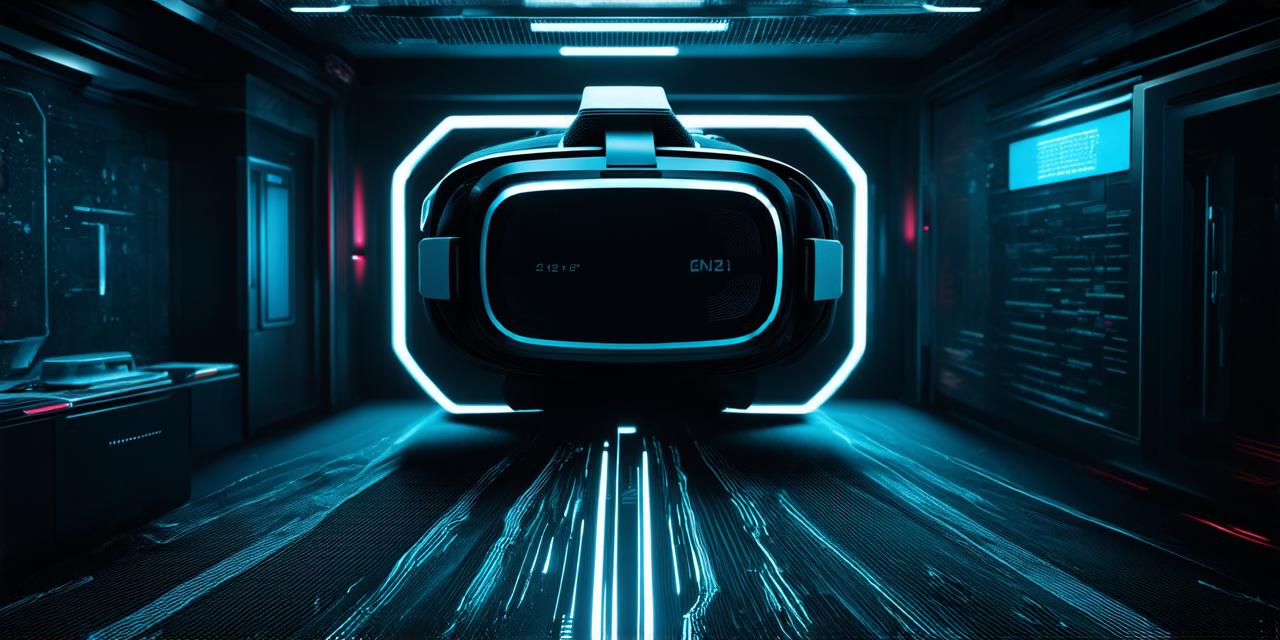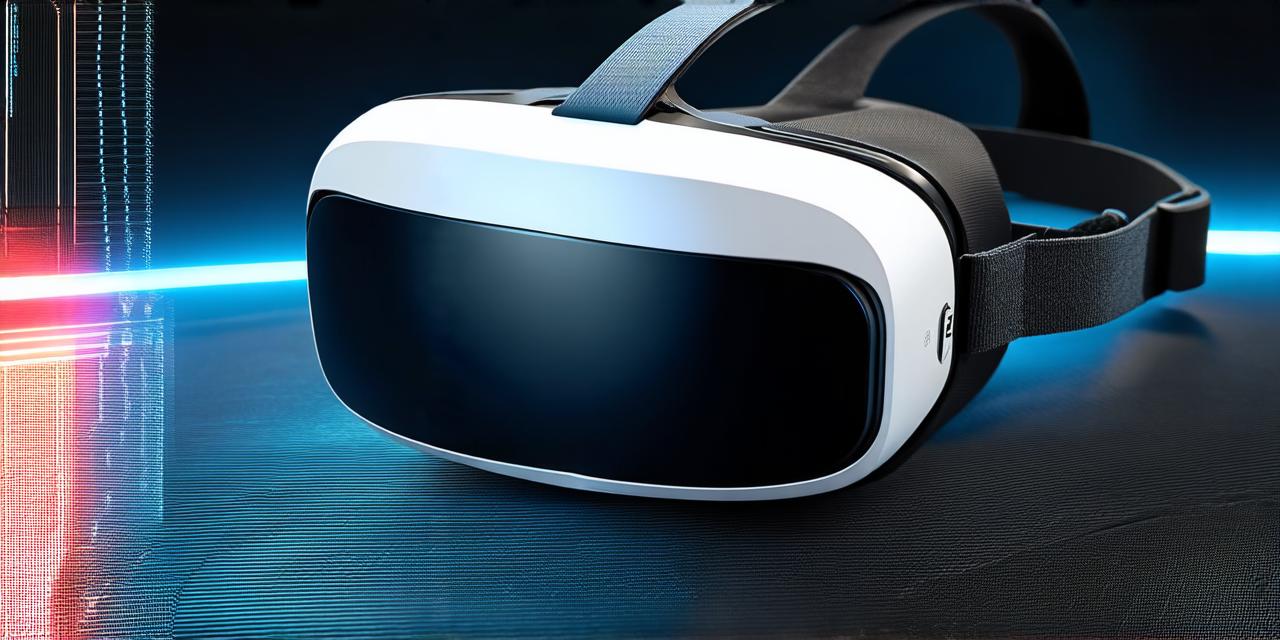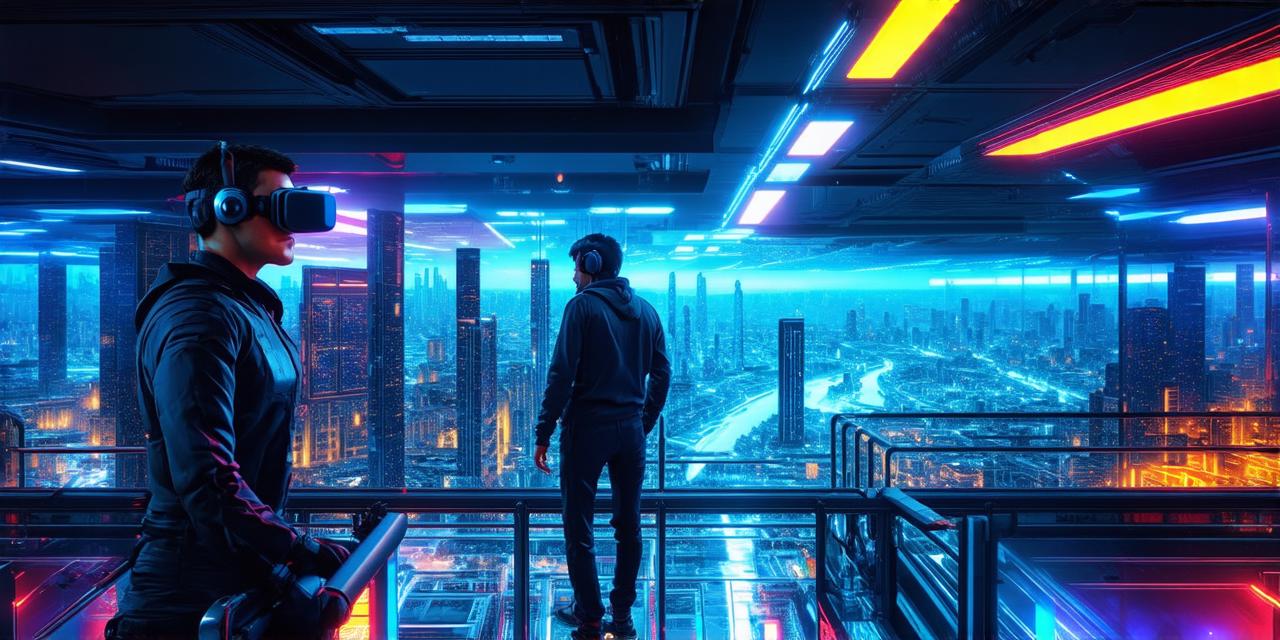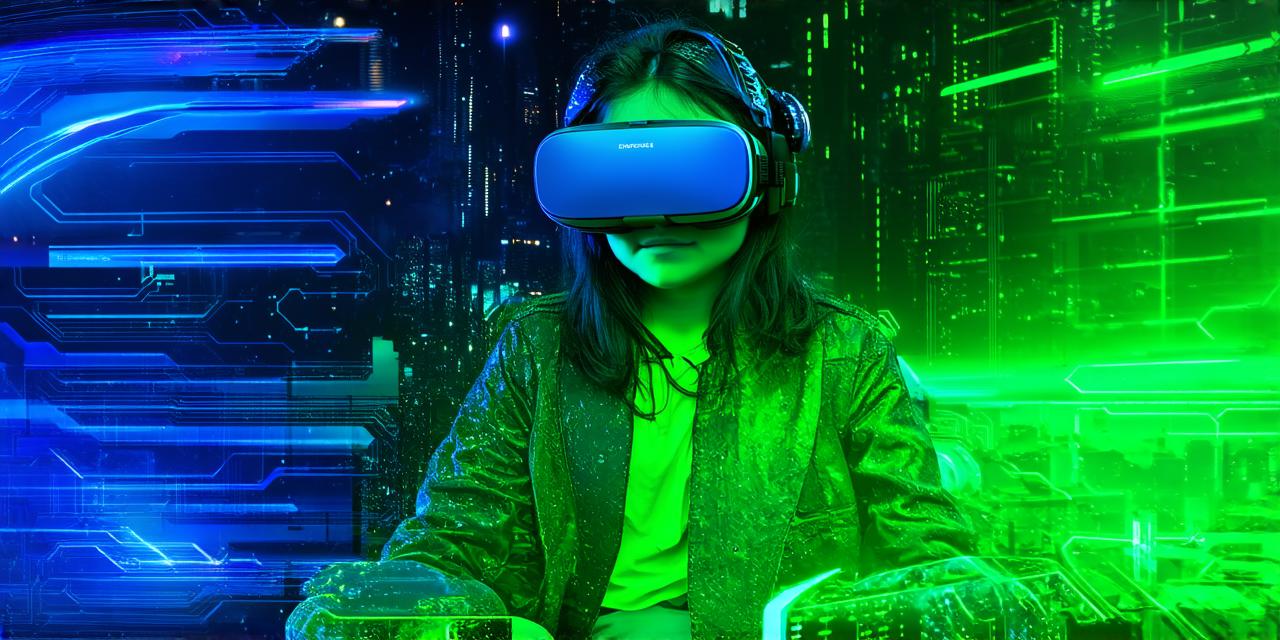Effects of Virtual Reality on AR Developers
Despite their differences, VR and AR share some commonalities that make them complementary technologies. One of the most significant ways in which VR can impact AR development is through its ability to create more realistic and immersive digital environments. By leveraging VR’s advanced graphics and physics engines, AR developers can create more convincing simulations that engage users on a deeper level.
For example, consider the use of VR for medical training. In a VR simulation, students can practice surgical procedures in a safe and controlled environment, without the risk of harming real patients. This not only improves their skills, but also reduces the need for expensive and time-consuming cadaver studies.
Another area where VR can benefit AR development is in the creation of interactive product prototypes. With VR, designers can test and refine their products in a virtual environment before bringing them to market, saving time and resources on physical prototyping and testing.
The Impact of Virtual Reality on User Experience
In addition to its technical benefits, VR can also have a profound impact on user experience. One of the key advantages of VR is its ability to create a sense of presence and immersion that is difficult to replicate in other mediums.
For example, consider the use of VR in e-commerce. Many retailers are now using VR to showcase products in a more interactive and immersive way, allowing customers to try on clothes virtually or explore furniture options in their own homes before making a purchase decision. This not only enhances the customer experience, but also reduces the need for physical product samples and returns, saving time and resources for both the retailer and the customer.
Another area where VR can enhance user experience is in gaming. By leveraging VR’s advanced graphics and motion tracking capabilities, game developers can create more immersive and interactive experiences that engage players on a deeper level.
Case Studies: How AR Developers are Using Virtual Reality
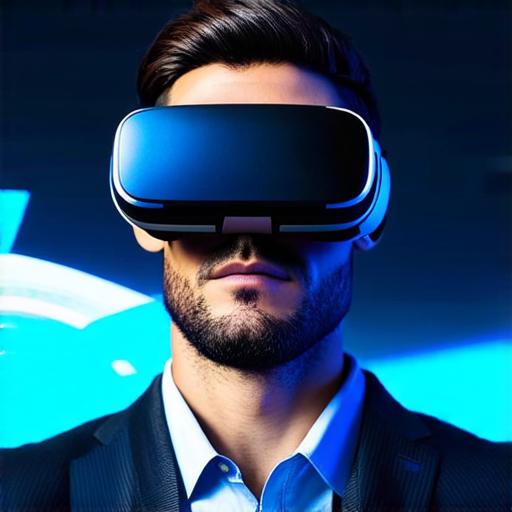
To illustrate the impact of VR on AR development, let’s look at some real-world examples of how companies are using this technology to create more engaging and immersive experiences for their users.
One such example is IKEA, which has been using VR to showcase its furniture products in a more interactive way. With IKEA’s AR app, customers can see how different pieces of furniture would look in their own homes before making a purchase decision. By integrating VR into this process, IKEA has created a more engaging and memorable experience for its customers, which has led to increased sales and customer satisfaction.
Another example is the use of VR in education. In 2017, NASA launched a VR training program for astronauts that simulated the experience of traveling to Mars. By using VR to replicate the conditions of space travel, NASA was able to prepare its astronauts for the real thing, without the risk of harming them or damaging expensive equipment.
Conclusion: The Future of AR Development in a Virtual World
As virtual reality continues to evolve, it’s clear that AR developers have a lot to gain from this technology. By leveraging VR’s advanced graphics, physics engines, and motion tracking capabilities, AR developers can create more immersive and engaging experiences for their users. From medical training to product prototyping to gaming, there are countless applications for VR in the world of AR development.
FAQs
Here are some frequently asked questions about virtual reality and augmented reality:
- What is the difference between virtual reality and augmented reality?
- How can VR enhance AR development?
- What are some real-world examples of how VR is being used in AR development?
Virtual reality is a fully immersive experience that transports the user into a simulated environment, while augmented reality overlays digital content onto the real world.
VR can enhance AR development by creating more realistic and immersive digital environments, improving medical training, and enabling interactive product prototyping.
IKEA is using VR to showcase furniture products in a more interactive way, NASA is using VR for astronaut training, and e-commerce retailers are using VR to showcase products in a more immersive way.
